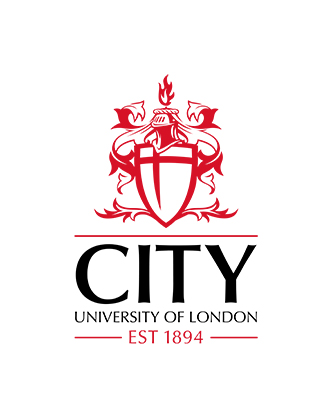Photochemical studies employing micellar systems
Patel, A. M. (1984). Photochemical studies employing micellar systems. (Unpublished Doctoral thesis, The City University, London)
Abstract
The chemistry of micelles and other organised systems is an area of major activity. The study of the physicochemical properties of these systems e.g. their kinetics and thermodynamics has been aided by luminescent probes. The literature survey given in this thesis discusses the current trends in the application of photo- luminescent techniques in micellar systems.
Since fluorescence is very rapid (typically, mathematical equation see abstract) c.f. phosphorescence 10 - 10”b seconds), it is ideally suited to the detection of fast changes in the physico-chemical environment. Different methods for the determination of critical micellar con-centration (CMC) are described.
The synthesis of some 3-alkyl indoles was carried out according to the method of W.C. Anthony. This was found to give a higher yield than the method of Jackson and Smith. Various methods for the N-alkylation of these indoles including the use of phase transfer catalysts and the application of ultrasound to the N- alkylation of heterocyclic compounds were also investigated.
The CMC of the synthesised 1,3-dialkyl indolic surfactants were determined by plotting a graph of their fluorescence wavelength maxima against concentration. The effect of the chain length of the alkyl chain, at both the 1 and 3 positions of the indole, on the CMC was also investigated. Because by varying the hydrocarbon chain length it should be possible to alter the depth at which such fluorescent groups ’sit’ in a micelle and therefore make a depth profile of the micelle. The possibility of determining the CMCs of the host surfactants (e.g. CTAB, SDS) using these indole chromophores was also investigated.
Investigations were also carried out to determine whether anionic and nonionic indolic surfactants can be used as fluorescent probes.
A variety of indolic acids and indolic alcohols have been synthesised. It was found that the indolic acid salts and indolic alcohols, which were employed as fluorescent probes for the determination of CMC of host surfactants, did not behave in the same way as the corresponding trimethyl ammonium bromide derivatives.
Different methods were investigated for the synthesis of 1,2- dialkyl benzimidazolyl bromides and their trlmethyl ammonium bromide salts. The purification of the products proved to be very difficult since these surfactants are hygroscopic.
| Publication Type: | Thesis (Doctoral) |
|---|---|
| Subjects: | Q Science > Q Science (General) Q Science > QD Chemistry |
| Departments: | School of Science & Technology School of Science & Technology > School of Science & Technology Doctoral Theses Doctoral Theses |
Download (57MB) | Preview
Export
Downloads
Downloads per month over past year


 Metadata
Metadata Metadata
Metadata